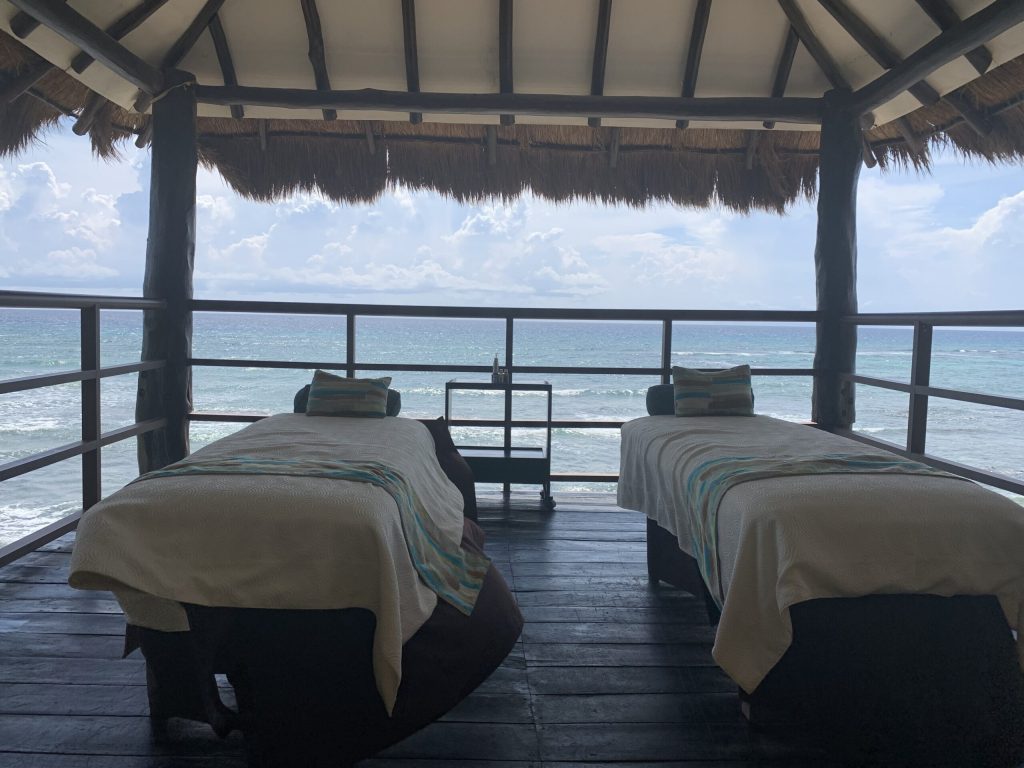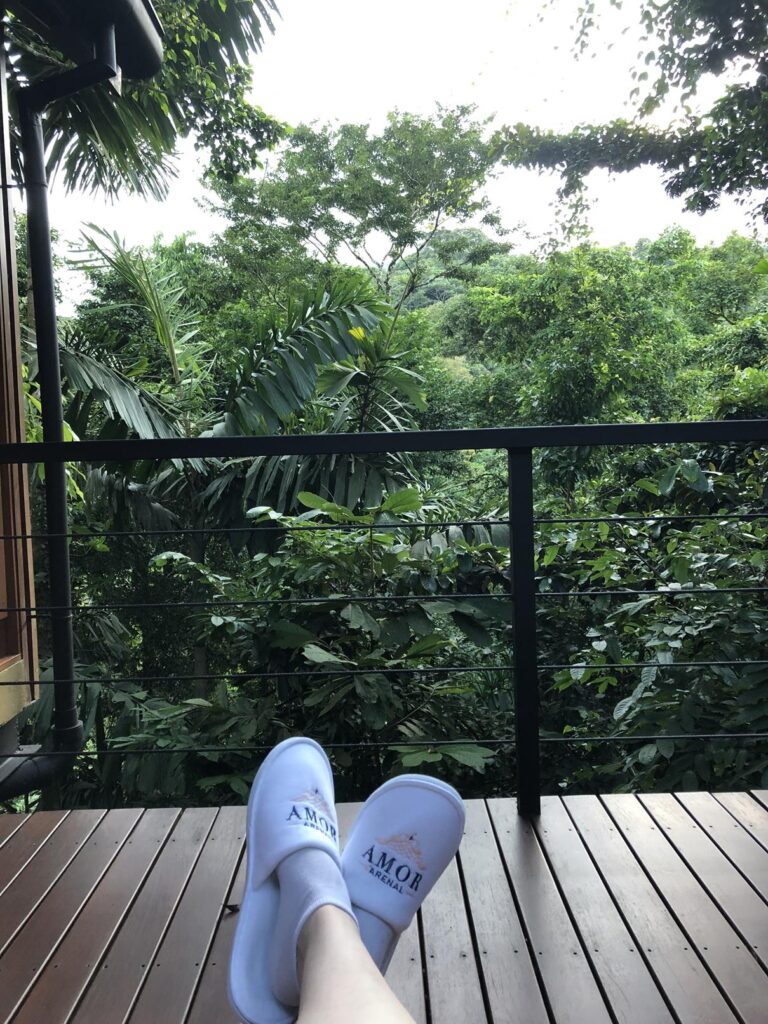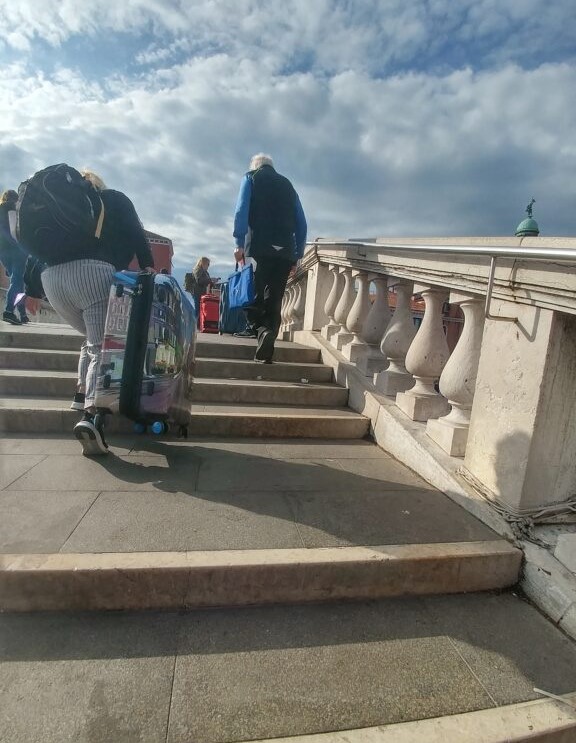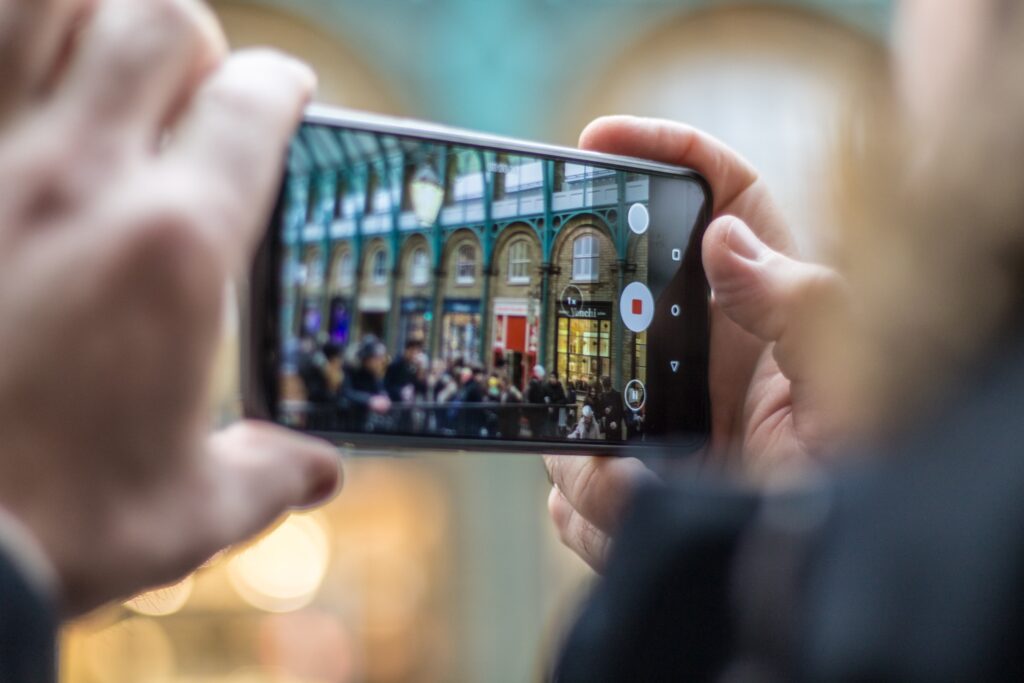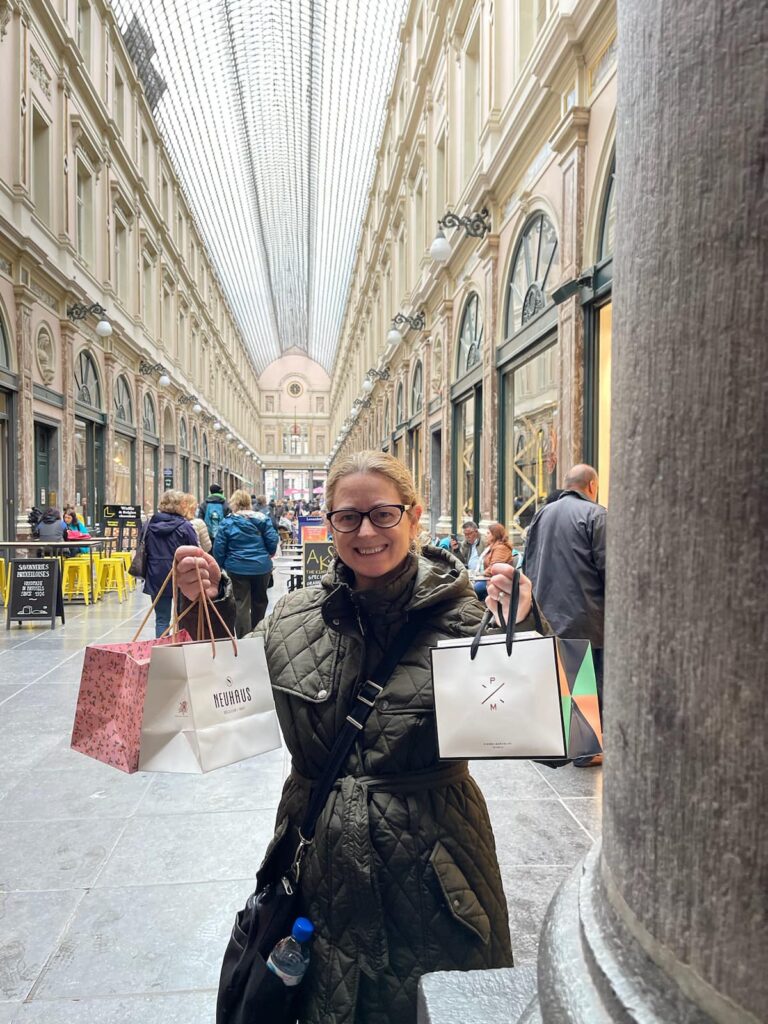How much of your precious vacation time do you want to spend traveling from place to place, versus actually exploring (and enjoying) the destination that you’re visiting?
It can be really hard to balance a long wish list and a limited number of vacation days. And a big part of our job as professional travel advisors is helping you to do that by making smart choices.
To that end, one of the “travel hacks” we recommend is to choose one place that’s a good home base (great hotel option, lots of good restaurants, easy transport connections) and then add some easy day trips from that base. You check in and unpack once, stay longer, and see other destinations from there as day trips.
Where does that work well? So glad you asked! Here are a few of our faves:
Florence
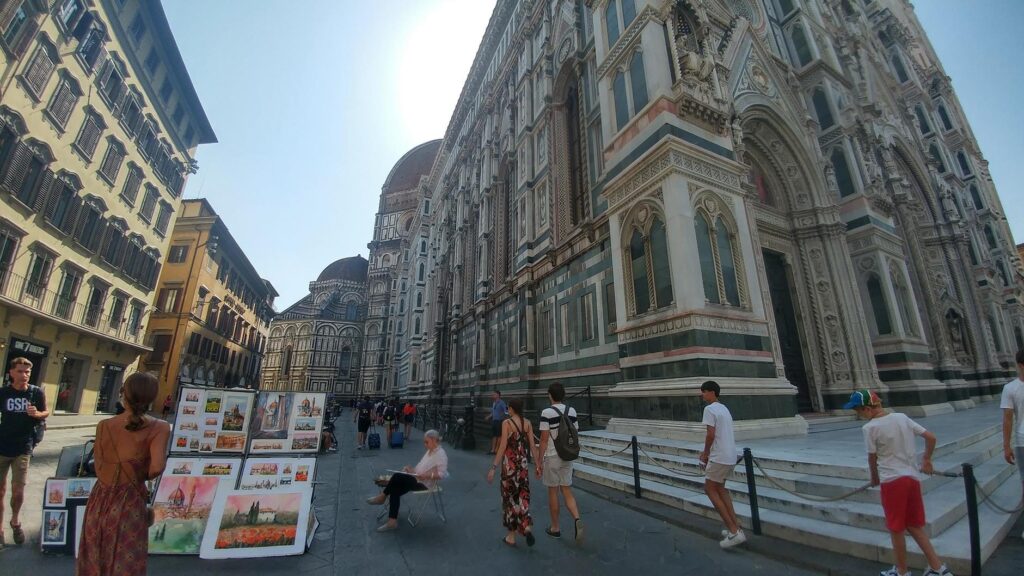
This pedestrian-friendly, walkable city is the perfect home base to explore all of Tuscany. You can spend a day or two enjoying Florence’s charms. And then hop on a train/bus to nearby Bologna, Lucca, Pisa, or Siena. (all are within 1 to 1 ½ hours).
[Photo Credit: Liz via Shared Adventures. Read about her adventure in Florence here! ]
Rome is a 90-minute train ride away, and even Venice is do-able as a daytrip (two hours on the train). If you rent a car for a day (or hire a driver) you can explore Chianti villages like Greve and Radda. Or, Tuscan hill towns like San Gimignano and Volterra. And you could also do a daytrip to the coast, for hiking in the Cinque Terre.
Athens
Lots of travelers blow through Athens in a night or two because they’re focused on the Greek Islands, but there’s an argument to be made for staying put for a little while longer and using Athens as a home base. When you’ve had your fill of the Acropolis, the Parthenon, the ancient Agora, and the Plaka, you can hit the beach at Cape Sounion (about 2 hours away) and check out the Temple of Poseidon while you’re there.
[Photo Credit: Alicia & Jay via Shared Adventures. Read about their family trip to Greece Here! ]

Or visit the original capital (Nafplio). Which is one of the prettiest towns in the country (about an hour and 45 minutes away). The closest island is Aegina, where lots of Athenians have weekend homes. And you can get there on a 40-minute hydrofoil from Athens’ port of Piraeus. Or you could do an organized group day trip to Corinth, Delphi, or Meteora.
Lucerne

The Swiss rail system is easy, efficient, and scenic. Why not take advantage of that by using Lucerne as a home base and exploring the surrounding country from there! Spend a day in Zurich (45 minutes by train), Bern (one hour), or Interlaken (two hours). Or connect from there to a mountain town like Grindelwald.
[Photo Credit: Ann via Shared Adventures]
London
With so many fabulous cities/towns so accessible by train, this one is a no-brainer. Spend a few days in London itself, and then hop on a train to Windsor (50 minutes), Oxford (one hour), or Bath (90 minutes). Spend a day in the Cotswolds (about two hours), or head to the coast (Dover and Portsmouth are both about two hours away). If you get an early start, you can even do Paris as a day trip (about 2 ¼ hours each way on the train through the Chunnel)
[Photo Credit: Ann via Shared Adventures. Read about her trip to England here!]
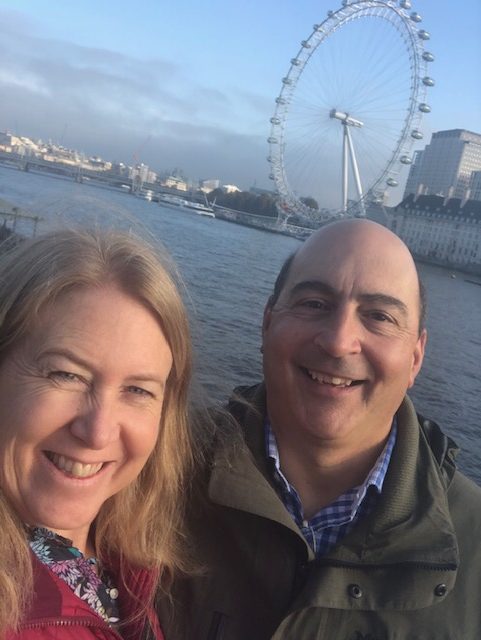
I think you probably get the idea by now! You can get more out of your vacation time/money by moving less and seeing more with a smart home base and fun day trips. Let us know if you want to try this strategy for your next trip!
